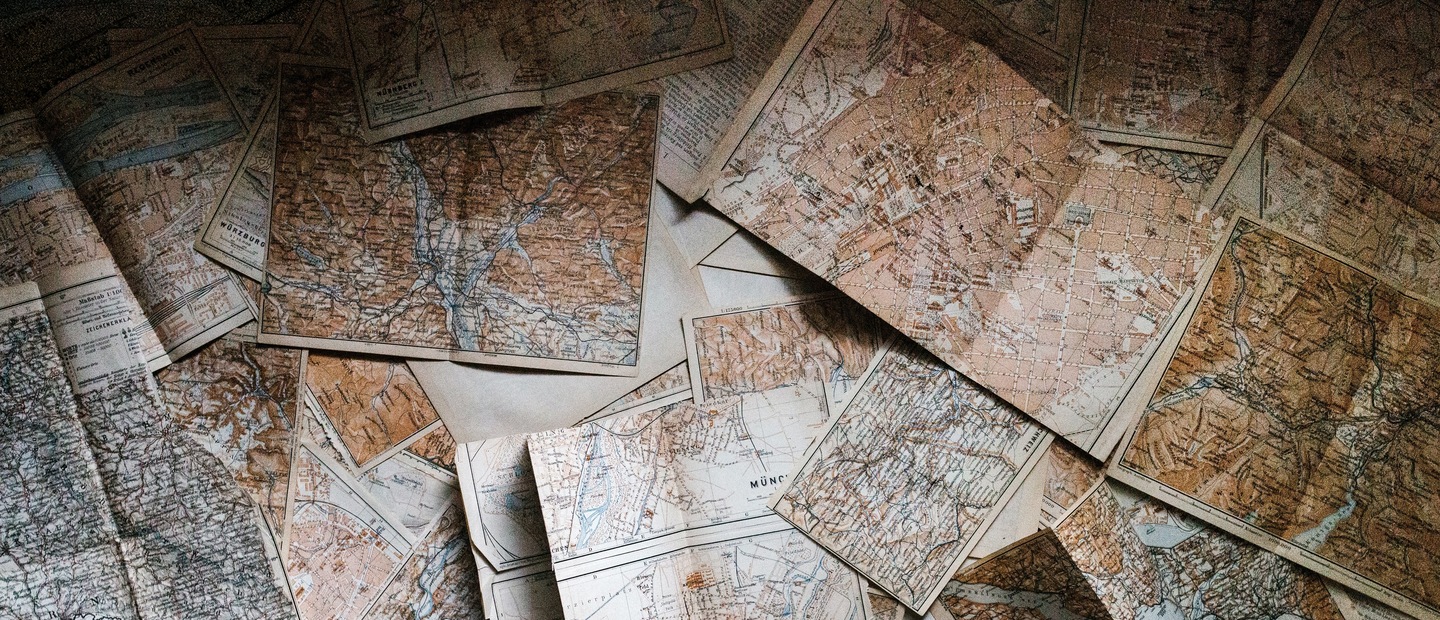Center for Excellence in Teaching and Learning
Kresge Library, Room 430
100 Library Drive
Rochester,
Michigan
48309-4479
(location map)
(248) 370-2751
[email protected]

Using a Collaborative Reflection Tool to Guide and Model Group Projects
Gathering the right tools for group critical reflection and introducing those tools through modeled practice has the potential to facilitate mindful collaborative interaction. Such practice can also empower learners by honoring individual voices that contribute to shared learning.
Mapping Participatory Media (MPM) can help students working in groups navigate several issues associated with group work such as managing what may be an unknown research process or addressing challenging conversations. In my work with student researchers, I found this tool beneficial because it addressed so much more than just the idea of, “Okay, let’s work collaboratively".
Mapping Participatory Media Tool
MPM is a collaborative reflection tool that provides a pathway for participants to capture, and make evident, the interactions of everyone involved. By modeling this mapping process with learners, an instructor can guide students, especially those unfamiliar with collaborative research, through the planning and reflective action stages to make each project phase transparent. Media, as used within this tool, is non-prescriptive and embraces any format of data across different projects, processes, and research to tell the story of a group’s interactions.
Benefits of Using MPM
MPM can spark dialogue, exchange, negotiation, and compromise among participants in the planning and reflective phases of a project. The tool can also facilitate the following:
- Collection of data in various formats shared by all participants,
- Representation of participant voices,
- Detailed attention to planning projects and related reflection,
- Transparency in project responsibilities,
- Negotiated space for participant engagement, and
- Narrating the story of a group project.
Implementing MPM
The tool consists of two pathways: planning and reflection. After companion documents are downloaded from the MPM website, the process of collaborative planning can begin.
The planning document considers the elements of a participatory project: the people and processes involved. Ample questions assist participants in identifying aspects of a collaborative project that are often overlooked without a tool like MPM. For example, during planning, the MPM tool asks that participants identify the “power, impact, method, output, and outreach” of an intended group project.
At the project’s end, the collaboration reflection document produces a road map of a group project, initiating similar questions to bookend the project. Reflection, often considered an individual action, is expanded and broadened to include multiple voices integral to the entire project. Participants work together to reflect critically and discuss a project’s overall outcomes.
Conclusion
Overall, I found the MPM tool a resourceful and instructive way to model and guide group projects in my university courses. The template documents produced thoughtful planning opportunities with an attention to mindful collaborative reflection. The MPM website and related tools provide educational guidance for evidencing collaborative interaction and, in the end, revealing the participants' story.
References and Resources
Save and adapt a Google Doc version of this teaching tip.
About the Author
Karen McGarry, PhD, is an Assistant Professor in the Department of Teaching and Learning (DTL) in the School of Education and Human Services (SEHS), Pawley Hall. Dr. McGarry also serves as faculty in the Department of Art & Art History, teaching an art foundations course annually. Her academic and research interests embrace Arts-Based Research (ABR) driving artful qualitative inquiry in teacher education, reflection, social justice art education, DEI concerns as well as access to educational opportunity, and continued studio practice in the visual arts. McGarry enjoys long walks that include slow noticing and stillness - as in being still, yet enduring.
Edited by Rachel Smydra, Center for Excellence in Teaching and Learning Faculty Fellow at Oakland University. Image by Andrew Neel. Others may share and adapt under Creative Commons License CC BY-NC.



